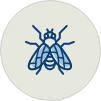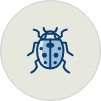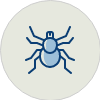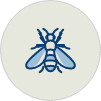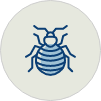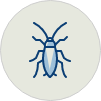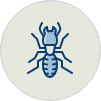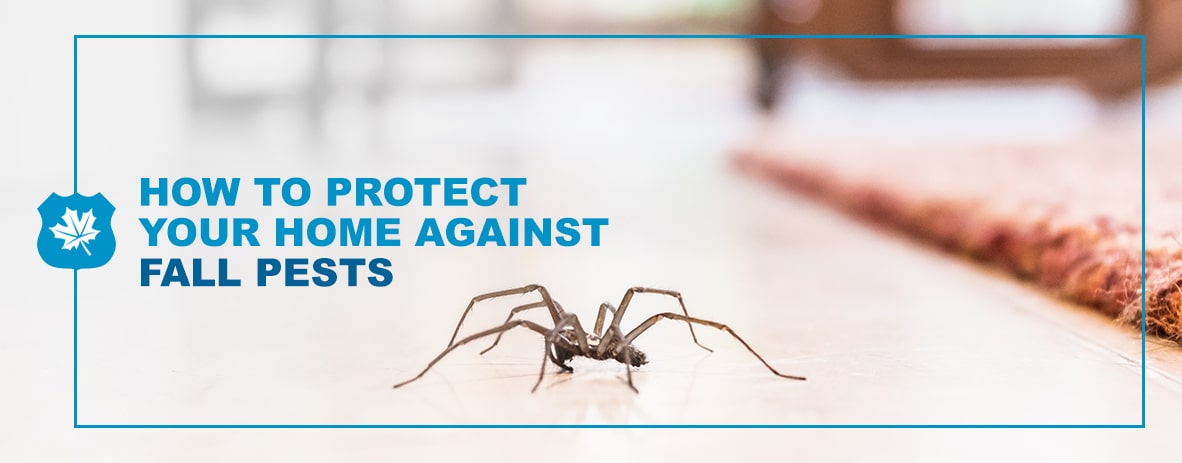
How to Protect Your Home Against Fall Pests
With the hot summer months winding down, you may be looking forward to several months without having to deal with mosquitoes and other warm-weather pests. While the summertime bugs may not be an issue anymore, you should be ready for the ones looking to shelter from the cold in a warm, dark place with a reliable source of food and water. Fortunately, you can prevent and control fall pests with a few tricks.
Continue reading to learn about common fall pests and how to ensure they stay outdoors.
Common Pests in the Fall
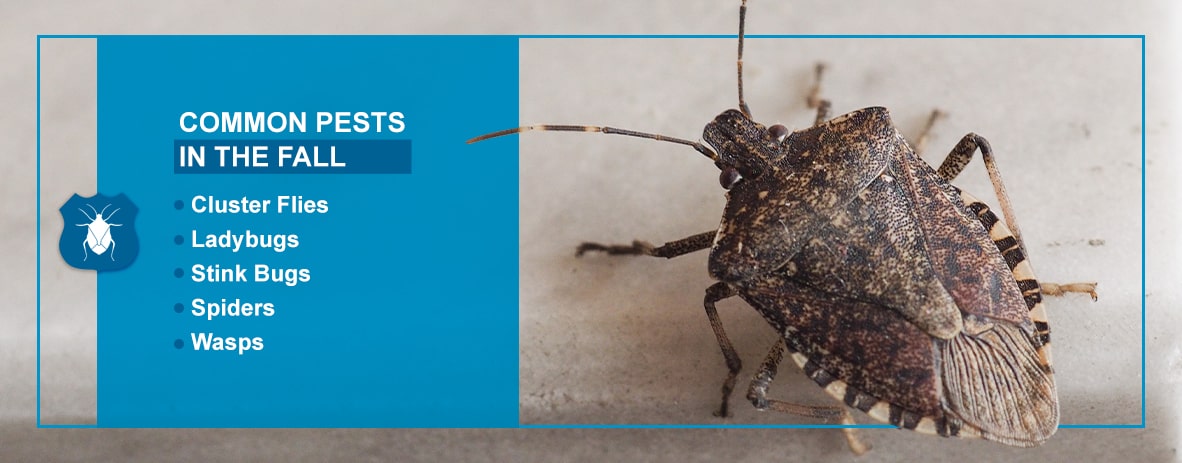
Common fall pests such as cluster flies are infamous attic dwellers in the colder months. Also known as attic flies, cluster flies creep in during the fall to find a new, warm home to call their own.
Particularly on sunny winter days, these pests will migrate into direct sunlight on windows. However, they may also live inside the walls where they’re unseen. This situation can bring on more issues if they die in the walls, attracting more insects to them.
Because they can fit into the smallest spaces, like electrical outlets or baseboards, cluster flies find their way into your home through incredibly small holes.
Although ladybugs are traditionally perceived as a sign of good luck, seeing ladybugs in your home doesn’t emit the same feeling. This fall pest is actually a ladybug variant called the Asian lady beetle, which was introduced to the United States for other pest control purposes.
These pests reside in high-up places — under siding and shingles and in attics, porches and garages. When they begin appearing, they come in hundreds. Typically, Asian lady beetles leave evidence of their presence in spotting on walls and can exude a foul-smelling defensive chemical if you squash them.
Most Americans are familiar with the brown marmorated stink bug, as it’s present in at least 41 states. These insects begin appearing in and around houses when people clear the fields they’re living in or the plants they call home wither from the cold.
Like many other fall pests, their motive for invading your house is to seek warmth, and they cling to window screens and make homes hidden in personal belongings. Before bringing in items from outside — or even from your car — you should check inside to see if a brown marmorated stink bug is hiding inside.
If you squash a stink bug, it’ll emit a foul odor — and doing so with your bare hand can produce dermatitis at the point of contact.
Though year-long inhabitants of many homes, spiders tend to make an appearance most in the cooler months. Because spiders mate in the fall, they’re trying to lay as many eggs as they can before they die. Female spiders can lay up to 100 eggs simultaneously when living indoors, which means an infestation can happen quickly if you don’t notice them.
It may seem like spiders want shelter when they invade our homes, but they actually want a reliable source of food. Killing a spider is an effective way to maintain control over their population. If you begin spotting a plethora of spiders indoors in the fall, the problem will only get worse as they continue to live, breed and hatch. It’s important to contact a professional in this situation.
Though wasps are typically thought to be aggressive in the summer, they’re even more angry and dangerous in the fall. As they begin to prepare their queen and hives for winter, their defensive behavior only grows when the cold sets in. As their food sources become depleted when flowers and smaller insects die off, they adjust their diets to foods high in sugar and carbohydrates to better sustain themselves — hence, wasps crawling into soda cans.
These common fall pests build their nests in the walls and ceilings of your house for warmth. This situation can cause more damage than many homeowners realize. Sometimes, wasp infestations can require exterminators to do a nest extraction by cutting their wall or ceiling open, which can be a costly experience.
How to Control Fall Pests
It’s common to see a bug in your home on occasion. This presence becomes an issue when homeowners don’t maintain regular cleaning and inspection, allowing infestations to spread. Certain pests can even cause serious damage to your indoor and outdoor space. Taking proper prevention measures is the best way to begin fool-proofing your home from pests.
To start defending against fall pests, fill in gaps in doors, windows and walls and repair existing damage to your home. This approach ensures bugs have very limited ways to get inside your home. Here are a few specific ways to reduce pest entry points:
- Fill in gaps: Checking the trim on your window frames, doors and entry points is vital to protecting your home against fall pests. Be sure to use caulk to seal gaps and seal cracks, and insert door sweeps to create a blockade under doors that lead to the outside.
- Repair your roof: Repairing openings in your roof can prevent pests like cluster flies and ladybugs from taking shelter in your attic. Take extra precautions by covering your chimney with a cap or fine wire mesh to prevent larger pests from invading.
Additionally, deep cleaning your house on a regular schedule helps you notice any fall pests before they grow to be a problem. Keeping your space clean also ensures you don’t leave any debris sitting in your home that will attract pests. Consider the following:
- Keep rooms tidy: Decluttering rooms in your home from paper, cardboard or other disorder can minimize places for bugs to hide. Clearing your floors of clothing and blankets helps prevent pests like spiders or stink bugs from finding a cozy home in your favorite shirt.
- Vacuum floors: Vacuuming your floors regularly can prevent lingering pests from snacking on food crumbs or outdoor debris. It also disturbs any areas where pests may consider making a home, like the untouched corners of your home. Sweeping out cobwebs from your basement can also limit spiders from making a home on your property.
For more tips on pest prevention, check out our seasonal pest inspection checklists.
Seasonal Home Inspection Checklist Seasonal Commercial Pest Inspection Checklist
Keep Your Home Pest-Free With Pestech Pest Solutions
Taking precautions early can help you prevent these common fall bugs from invading your property. It’s also important to treat your home to minimize the damaging effects some of these pests may have if their presence turns into an infestation. There are a variety of pest control options for each of these common fall pests, and we have the expertise to treat your home to minimize the return of these annual nuisances.
If you’re interested in how to control fall pests further, contact us today for treatment information and prevention.
Year-Round Pests
Pests may be a year-round problem, but at Pestech, we offer year-round solutions. Keep an eye out for these rodents or insects that may sneak into your property in any season.

